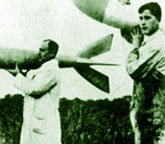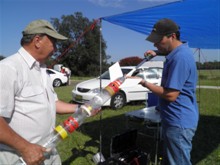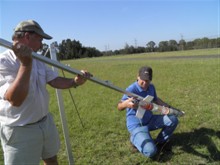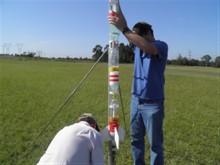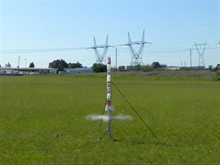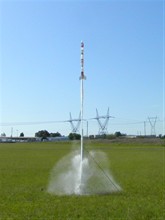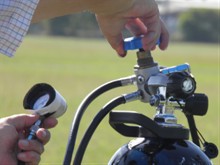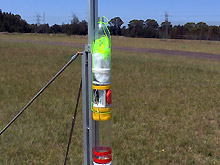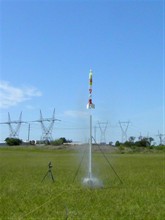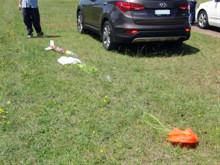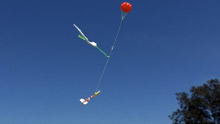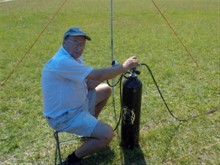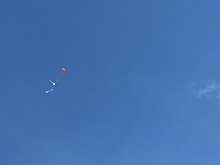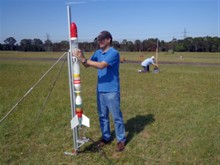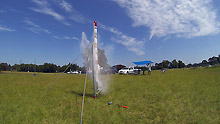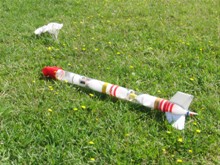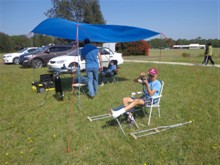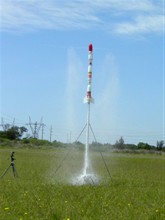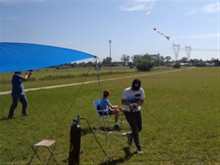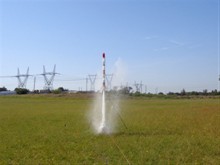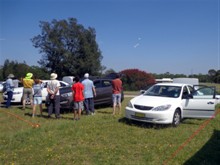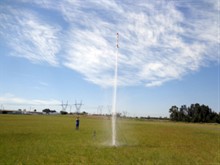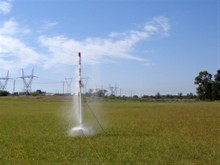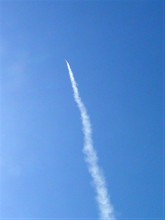 |
 |
|
|
last updated: 9th November 2024 - Day 236 - Launch Tubes #2 |
|
|
|
Splicing Bottles AS#5 |
|
#235 - Coming Soon |
|
#234 - Coming Soon |
|
#233 - Coming Soon |
|
#232 - Coming Soon |
|
#196 - Coming Soon |
|
#193 - Coming Soon |
|
#172 - Coming Soon |
|
|
| FLIGHT LOG | |||||||||||||||||||||||||||||||||||||||||||||||||||||||||||||||||||||||||||||||||||||||||||||||||||||||||||||||||||||||||||||||||||||||||||||||||||||||||||||||||||||||
|---|---|---|---|---|---|---|---|---|---|---|---|---|---|---|---|---|---|---|---|---|---|---|---|---|---|---|---|---|---|---|---|---|---|---|---|---|---|---|---|---|---|---|---|---|---|---|---|---|---|---|---|---|---|---|---|---|---|---|---|---|---|---|---|---|---|---|---|---|---|---|---|---|---|---|---|---|---|---|---|---|---|---|---|---|---|---|---|---|---|---|---|---|---|---|---|---|---|---|---|---|---|---|---|---|---|---|---|---|---|---|---|---|---|---|---|---|---|---|---|---|---|---|---|---|---|---|---|---|---|---|---|---|---|---|---|---|---|---|---|---|---|---|---|---|---|---|---|---|---|---|---|---|---|---|---|---|---|---|---|---|---|---|---|---|---|---|---|
|
|||||||||||||||||||||||||||||||||||||||||||||||||||||||||||||||||||||||||||||||||||||||||||||||||||||||||||||||||||||||||||||||||||||||||||||||||||||||||||||||||||||||
| Day 154 - Revisits | |||||||||||||||||||||||||||||||||||||||||||||||||||||||||||||||||||||||||||||||||||||||||||||||||||||||||||||||||||||||||||||||||||||||||||||||||||||||||||||||||||||||
|
Date: 9th
November 2014 Location: Whalan Reserve, NSW, Australia Conditions: Clear skies, light to moderate winds 5km/h-15km/h, ~28C Team Members at Event: PK, GK, John K and Paul K Foam Generation with launch tubeWe revisited a test from a couple of launches ago to do with generating foam during pressurisation with a 22mm nozzle and launch tube. We made sure there was no silicon grease on the launch tube this time. We also cut the launch tube down by about 5cm to make it easier to fill with water. The last attempt had the launch tube go almost all the way up to the bottle neck. Foam was generated during pressurisation and did not collapse this time. This is an experiment leading up to a test to see if we can cool the air inside a rocket by filling it with foam. Due to the large surface area of the foam and water's capacity to absorb heat we are hoping the this will reduce the temperature inside the rocket due to compression heating. We launched the rocket at 120psi, but it only managed to reach 391 feet. This was surprising as one would have expected that a launch tube and a 22mm nozzle would achieve better altitude than a 9mm nozzle and no launch tube at the same pressure.
Large parachute deploymentWe had another go with trying to deploy the large parachute using the large parachute deployment mechanism. Because there was a bit of wind we decided to put it only on a small rocket and launch it at a lower pressure of 80psi. In case it opened we didn't want it to drift too far. On the first launch we set the timer for 3 seconds and the pilot chute deployed right on cue. As it brought the rocket around and suspended it vertically, the nosecone was pulled free and the large parachute pulled out of the top of the rocket. The chute, however, failed to inflate, and the pilot chute brought the rocket to a safe landing. It didn't look like there was enough time to open fully. We set the rocket up again and this time filled it to 120psi. It flew considerably higher and again the pilot chute now set for 4 seconds opened right near apogee and again pulled the main chute out as designed. The main chute once again did not inflate. We strongly suspect that once the rocket is under the pilot chute it is falling too slowly for the main chute to get enough air flow to inflate, We may need to separate the nosecone with the pilot chute away from the main parachute and the rest of the rocket. We did fix the early deploy of the main chute though. This was achieved by having the main parachute packed so there was more friction between it and the body walls. The pilot chute string to the top of the nosecone was also tight which prevented the nosecone from separating on burnout. Other than the two tests above we also flew 3 foam flights just for fun. Here are some photos from these launches. The rockets all landed well without problems.
Here is a highlights video from the day:
Flight Details
|
